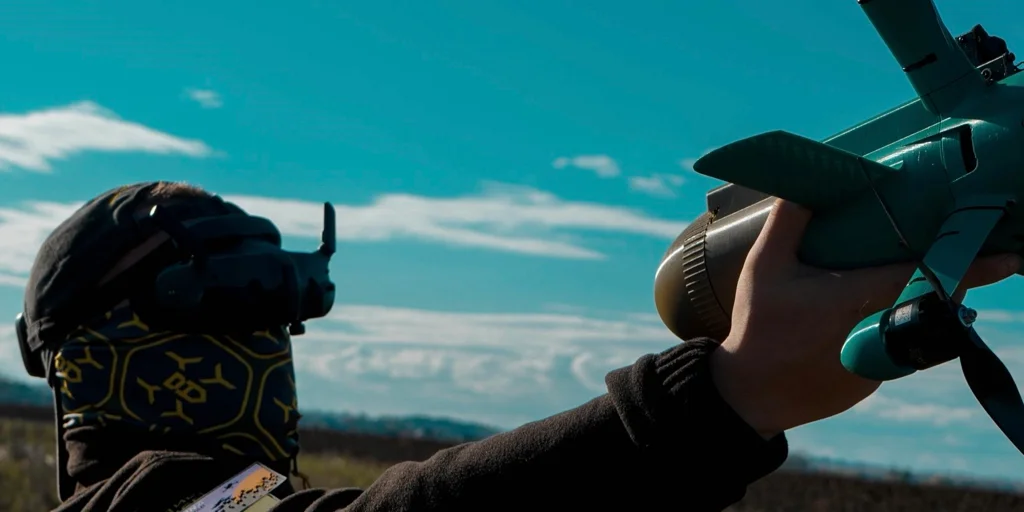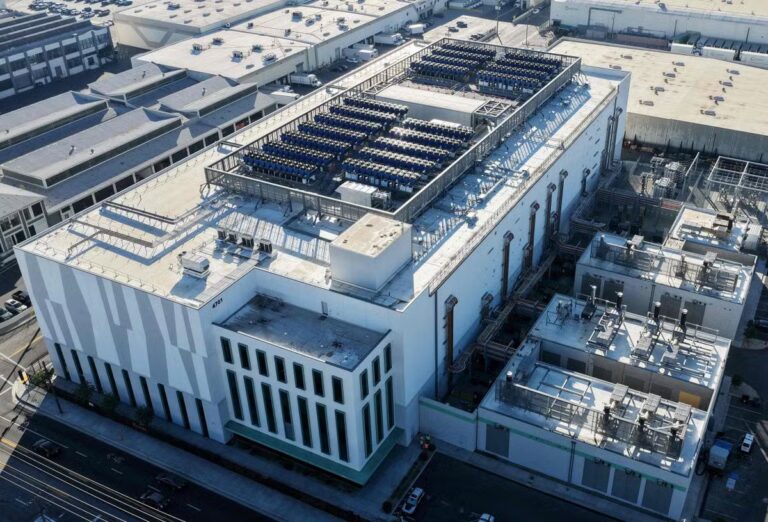
Although Ukraine did not have its own long-range missiles, the drones struck Russian targets more than 1,500 kilometers from the border. The Kiev Navy also failed to confront the enemy in the Black Sea, but the Kremlin fleet … We suffered strategic losses due to unmanned systems. David continues to challenge Goliath from the technological frontier with an army of entrepreneurs and technologists who have changed the nature of war. Just months before the fourth anniversary of the major war, Ukrainian authorities announced a “controlled” resumption of arms exports. Of course, he points out that the sale will take place as long as it does not endanger the military’s arsenal. The National Security and Defense Council announced last Thursday that the first air, land and sea unmanned systems will be brought to market.
The weapons Kiev sells to its allies have the advantage of being tested and proven effective in real wars, with the added ability of continuous innovation. “This is the perfect time to show that our country is not just an agricultural country and to stimulate the market. Today, we are the best manufacturer of drones and electronic warfare solutions. “We stand out especially in the field of artillery systems,” he pointed out to this newspaper. Igor FedirkoSecretary General of the Defense Industry Council of Ukraine.
Weapons produced in Ukraine are sold on four continents. “We have already agreed on four export platforms: the United States, Europe, the Middle East and Africa,” Zelenskyy said a few weeks ago. Ukraine returns to the international market because it needs to obtain financing to cover its needs, maintain production and be able to invest in long-range production capacity.
According to the Stockholm International Peace Research Institute (SIPRI), as of 2022, the aggressor country was the world’s third-largest arms importer, thanks to military aid from the United States and Europe. By 2025, almost 60% of weapons used on the front lines will be produced domestically, the president said. Volodymyr Zelenskylast September. Ukraine’s president estimates that the potential production value of drones and missiles alone will reach more than 30 billion euros in 2026. The well-worn phrase “necessity is a virtue” is an undisputed reality in the case of Ukraine.
constant innovation
The rapid transformation and expansion of Ukraine’s defense industry is being driven by the exigencies of the bloodiest conflict on European soil since World War II. “Before 2022, there were only five private companies, which were completely controlled by the government. Today, there are more than 800 companies. If you add in some R&D companies and start-ups, you get more than 1,500 companies capable of producing more than 3,500 different products,” Fedirko says.
Ukraine needed to devise a defense industry formula to counter a much larger enemy force with vast resources and years of preparation for war. Some of the country’s major brigades already have their own innovation labs and are working with manufacturers.
Production is taking place under added strain and stress due to daily Russian attacks. Quick solutions and continuous updates are a recipe that sooner or later will also have to be applied by allies in the Atlantic Alliance, which are deeply rooted in outdated bureaucracies.
“The pace of technological development here is unparalleled both in Europe and in the world. Our defense technologies are born of urgent needs and are directly shaped by the realities of the battlefield, and research and development cycles are measured in days, not months or years. “Ukraine can help NATO countries apply this approach,” they emphasize from Brave 1, a platform launched by the Ukrainian government in 2023 to coordinate military technology innovation and production.
“In today’s warfare, new technologies can remain effective on the battlefield for only three to six months. Ukraine’s defense technology constitutes a fast, adaptive, and innovative ecosystem. It combines national coordination, military feedback, and private sector creativity to produce technologies that are tested and improved in real combat,” they explain to ABC from a government platform.
Ukrainian solution
On September 10, approximately 20 Russian drones entered the airspace of NATO member Poland. In response to this threat, F-35 and F-16 fighter jets were deployed and the Patriot air defense system was activated. Some Russian aircraft were shot down, but at a high cost
Ukraine’s president said at the time that a Patriot missile costs between $2 million and $3 million, while an attack drone costs about $100,000. The attacks have not stopped, showing that Polish and NATO defenses are not a sustainable model in 2025.
Kiev has extensive experience in shooting down and intercepting suicide attack drones. Up to 800 planes were launched into Moscow’s skies in one night. “Interceptor drones are a top priority for Ukrainian defense technology. “They have the potential to be the next big technological breakthrough, just as FPV and naval drones transformed the battlefield in 2023 and fiber optic drones in 2024,” Brave 1 explains.
This year, 2025, is also the year of unmanned ground vehicles. The device is common on tram lines. They are used in so-called “frontline annihilation zones” that cover several kilometers full of drones monitoring every movement. Robots can help with logistics, casualty evacuation, and even attack missions. “The bulk of our armed forces is made up of civilians who are determined to protect the country. For this reason, we also focus on training and education in new technologies, such as drone interception,” added the Director of the Defense Industry Council of Ukraine.
One of Ukraine’s major shortcomings compared to Russia is demographics. The invading army has more soldiers than the defending army, and attempts to compensate for this deficiency through innovation. “We do not have enough troops to fight the huge Russian machine. Therefore, our first thought is to replace as many people as possible with drones and unmanned systems,” Fedirko says.
danish model
The first two offices for the sale of Ukrainian arms will be opened this year in Berlin and Copenhagen. President Zelenskiy emphasized that the two capitals will become hubs for the export and joint production of “saleable” weapons.
Denmark and Ukraine are already developing a joint project for drone production based in European Union member states. “There are great prospects for cooperation with European partners within the framework of the ‘Drone Wall’ initiative to coordinate responses to Russian drone intrusions,” the defense minister said. Dennis Schmihalduring the contract signing in October.
The National Security Council of Ukraine emphasized that this is a supervised commercialization within the list of allied countries. Officials said the first group to be included would be countries that have security agreements with Kiev.
“The time has come for us Ukrainians to protect our key ally by sharing our knowledge and experience,” he says. Igor Fedirko.



